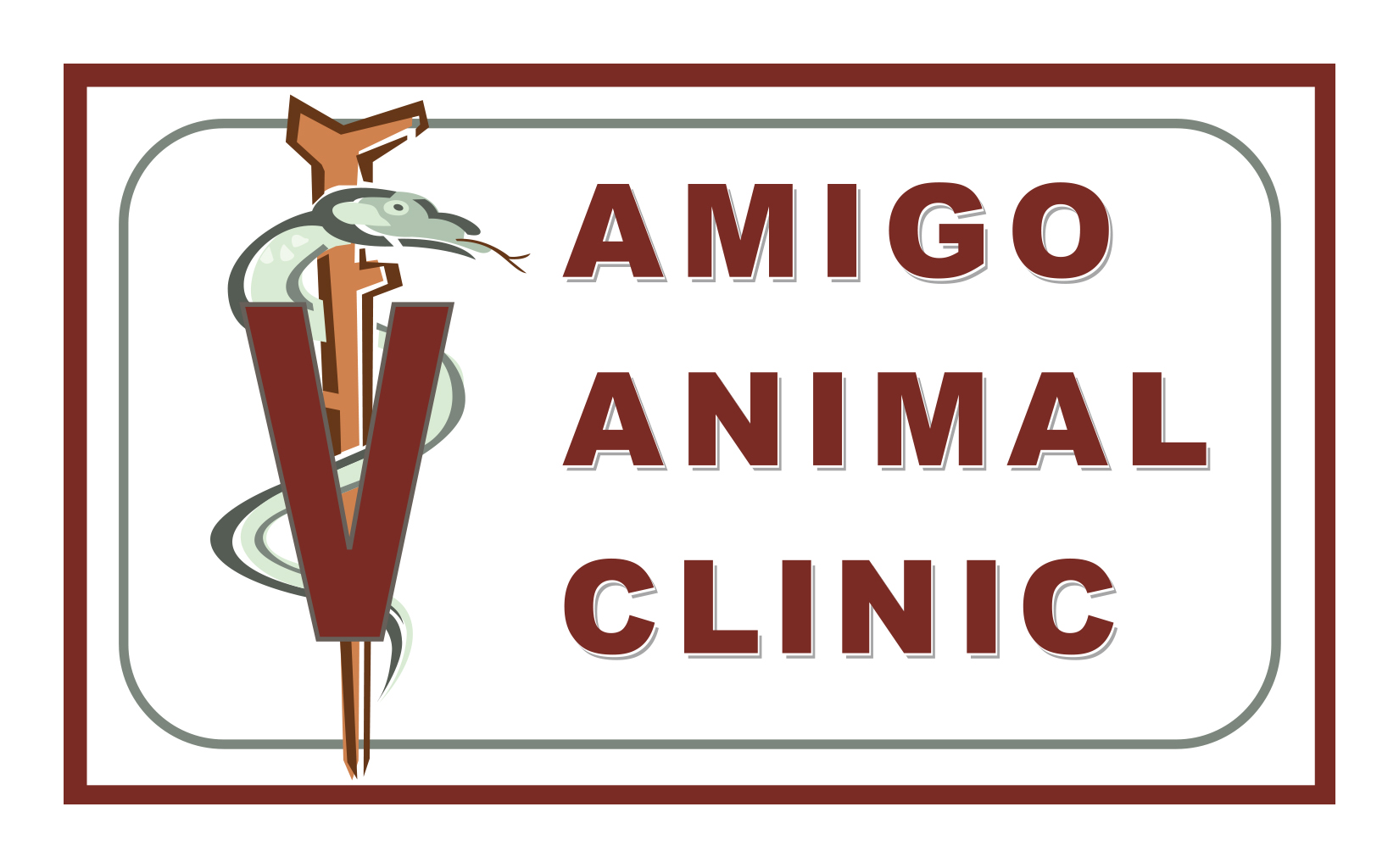Are you in the spirit for Halloween? We hope so because it’s time to put out the jack o’ lanterns and spooky decorations. Halloween is a fun time for children and adults alike. Also, many pet parents like to include their pets in on the fun. We get a kick seeing the creative costumes pet parents come up with. But we also want to make sure safety rules are followed for your pets. Too often we’ve seen pets get critically ill from consuming human foods, toys, etc. during Halloween.
There are other dangers for pets that can come with Halloween. For example, pets escaping out of the home when doors are opened for Trick or Treaters. Therefore, we are providing some tips from the American Veterinary Medical Association. The AVMA also has a Safety Video for Halloween you can watch.
7 SAFETY TIPS
- Don’t feed your pets Halloween candy. Candy that contains chocolate and/or xylitol (a common sugar substitute found in sugar-free candies and gum) and is lethal to pets.
- Make sure your pet is properly identified (microchip, collar and ID tag) in case s/he escapes through the open door while you’re distracted with trick-or-treaters;
- Keep lit candles and jack-o-lanterns out of reach of pets;
- If you plan to put a costume on your pet, make sure it fits properly and is comfortable. Ensure it doesn’t have any pieces that can easily be chewed off. Also ensure it doesn’t interfere with your pet’s sight, hearing, opening its mouth and breathing, or mobility. Take time to get your pet used to the costume before Halloween. And never leave your pet unsupervised while they are wearing a costume;
- Keep glow sticks and glow jewelry away from your pets. Although the liquid in these products isn’t likely toxic, it tastes really bad and makes pets salivate excessively and act strangely;
- If your pet is wary of strangers or has a tendency to bite, put him/her in another room during trick-or-treating hours or provide him/her with a safe hiding place;
- Keep your pet inside. Make sure they won’t bolt out the door when it is opened for Trick or Treaters.
FUN PUMPKIN TREAT RECIPES FOR PETS
Pumpkin is a great healthy treat for pets. It contains vitamins (A, C & E), minerals, and antioxidants. Surprisingly, plain unsweetened cooked pumpkin can help with both diarrhea and constipation. Even if your pet doesn’t have any digestive problems, the fiber is beneficial too. You can give your dog or cat plain canned, puréed pumpkin or fresh, cooked pumpkin. However, make sure it is unsweetened – no added sugar or spices as these can cause trouble for your pet. Also, you want to use it in moderation. Too much pumpkin could cause stomach upset. As all pets are different, consult with your veterinarian on how much is good for your pet.
Many pets will eat pumpkin plain. But here is a great recipe from the ASPCA for making pumpkin treats:
Pumpkin Pie Cookies Recipe
Containing applesauce, oatmeal and pumpkin, these cookies are sure to be a hit. Plain, unsweetened applesauce is best — it’s the holidays, and even pets should watch their calories. Be sure there are no added ingredients such as sugar or xylitol. Again, we stress that you consult your veterinarian before making changes to your pet’s diet and to read food labels carefully and go easy on the treats. Small amounts of pumpkin can help your pet, but too much can cause diarrhea.
Ingredients:
- 1 cup grated carrots
- ½ cup applesauce
- 1 cup canned pumpkin
- 2 cups rice flour
- ½ cup oatmeal
- ¼ cup flour for rolling
Directions:
Heat your oven to 350 F. Blend carrots, applesauce and pumpkin using a food processor until smooth. Mix rice flour and oatmeal in a bowl. Add the wet ingredients to the dry and mix gently to form a dough.
On a floured breadboard, place dough and roll out to about ¼ inch thick. Cut out cookies using your favorite cookie cutters. Bake for 12 minutes on a greased cookie sheet, turning just after the halfway point.
What's Next
Call us or schedule an appointment online.
Meet with a doctor for an initial exam.
Put a plan together for your pet.

